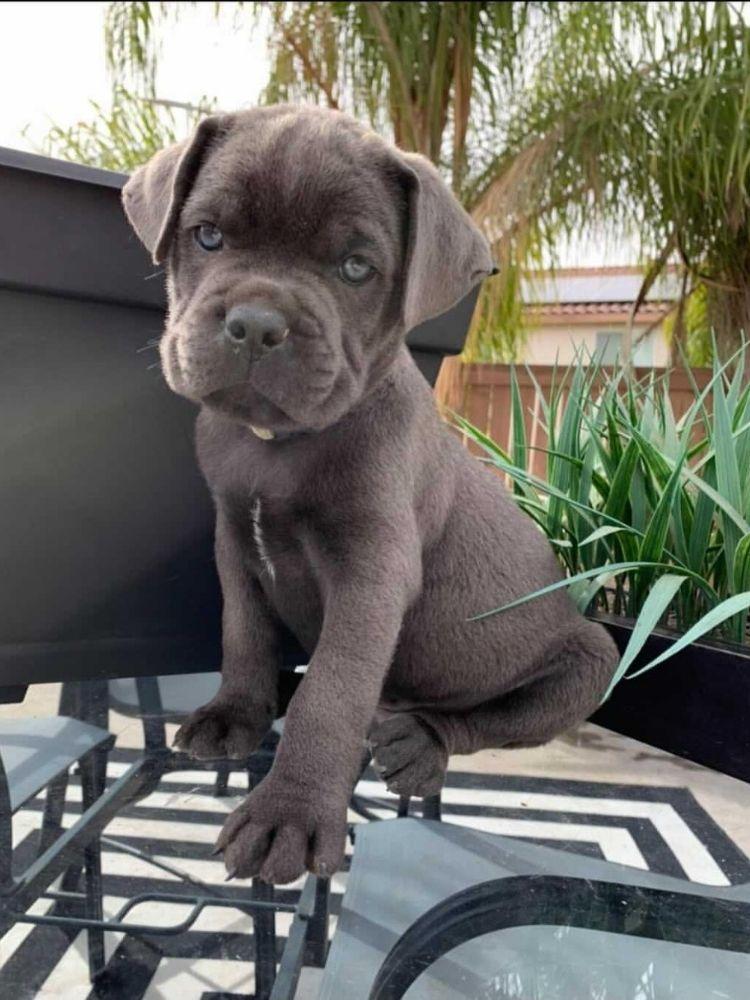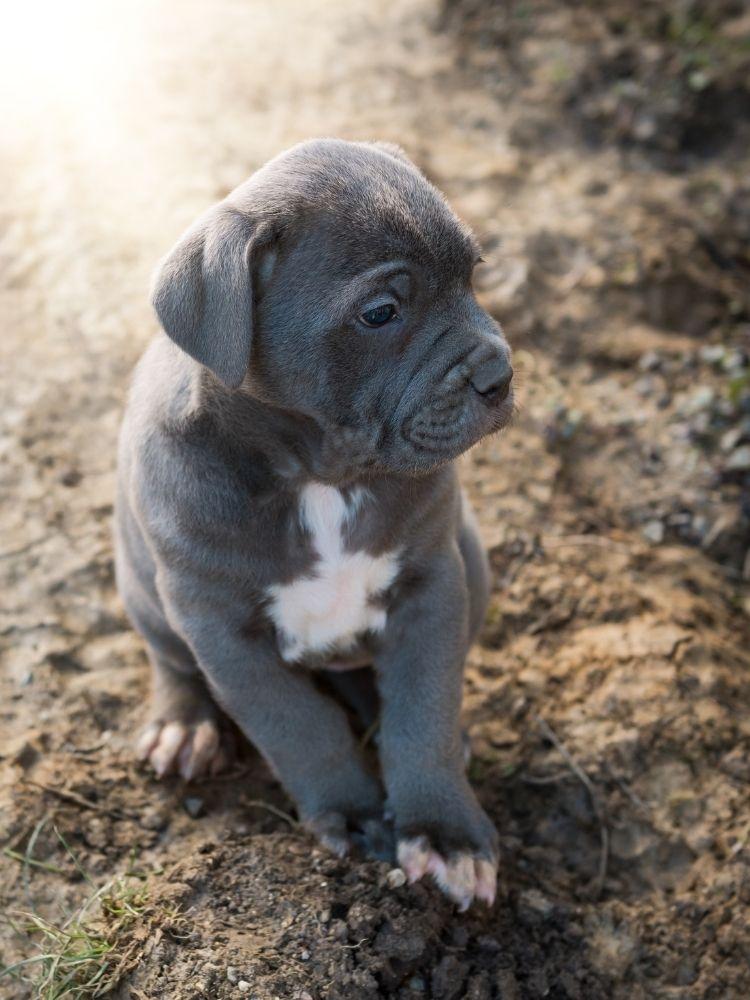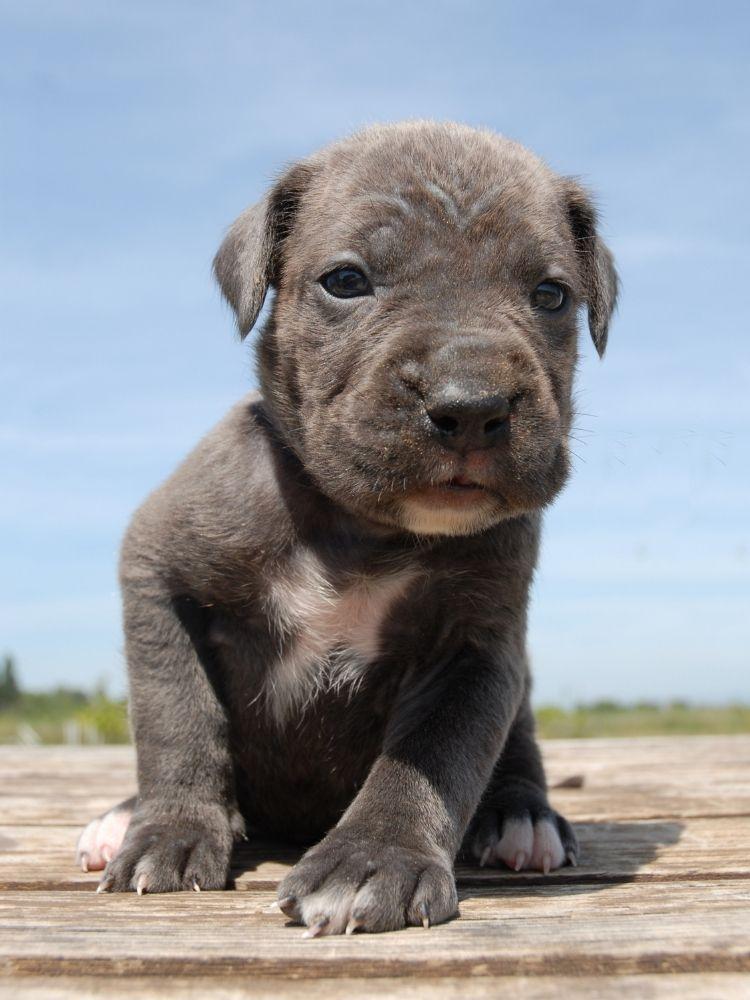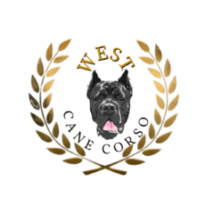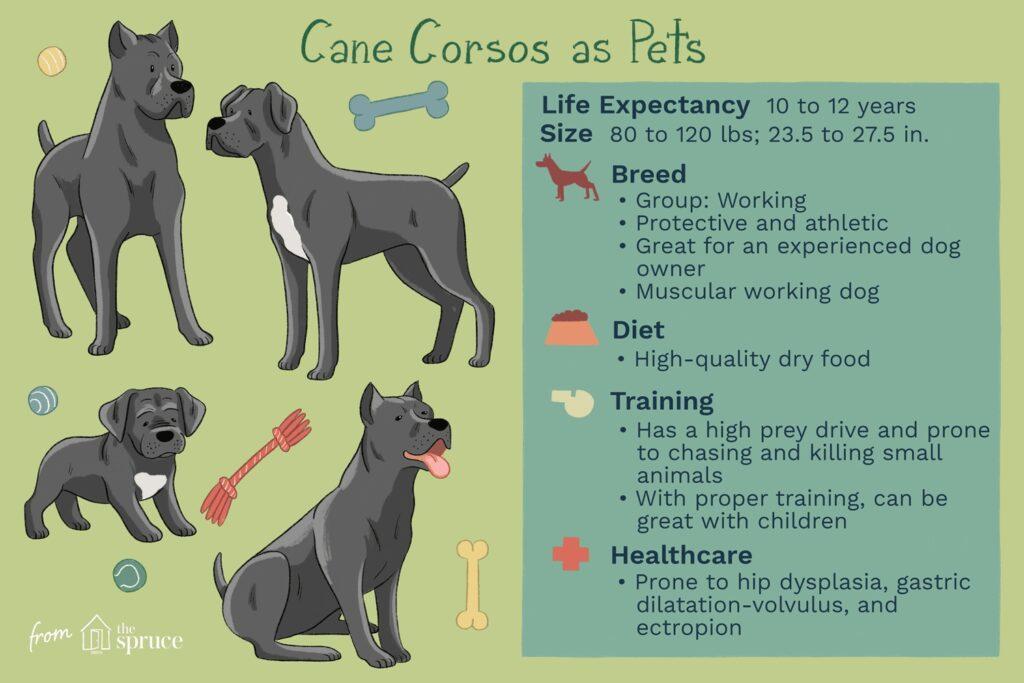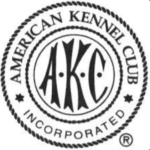
Breed Standard: A description of your ideal dog of the recognized Cane Corso Champion blood line breed, to serve as an ideal against which dogs are adopted and accepted officially by national or international bodies.
Submit application to get your Champion Cane Corso AKC registered
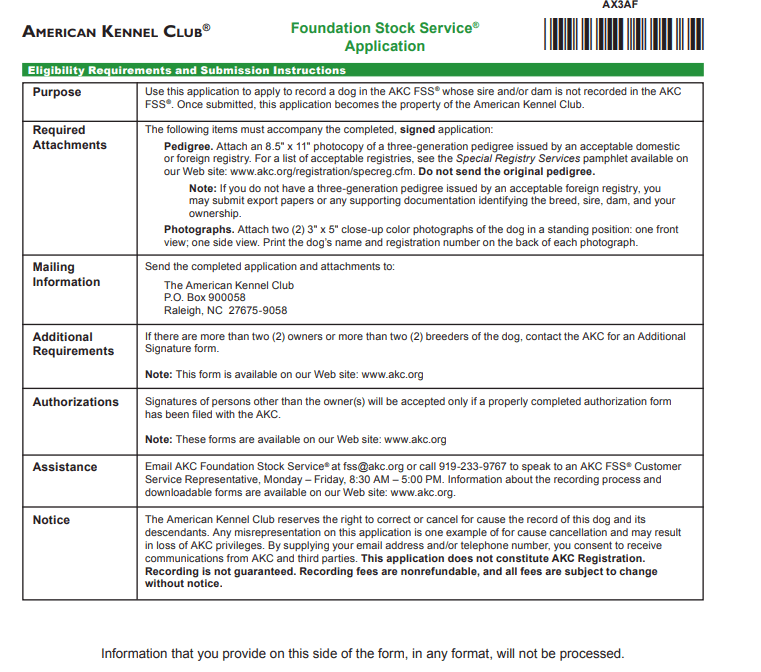
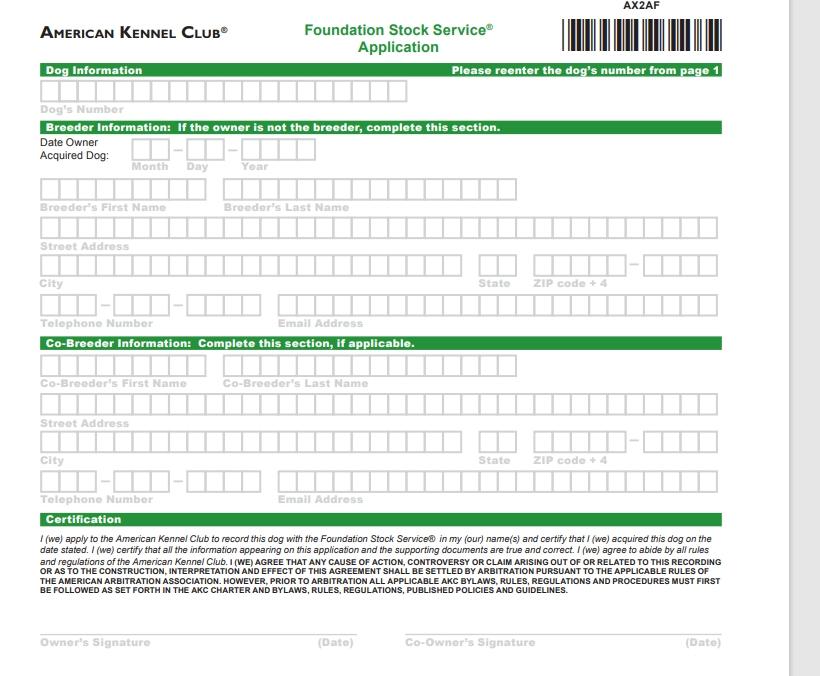

AKC Breed Traits & Characteristics
AFFECTIONATE WITH FAMILY
How affectionate a breed is likely to be with family members, or other people he knows well. Some breeds can be aloof with everyone but their owner, while other breeds treat everyone they know like their best friend.
GOOD WITH YOUNG CHILDREN
A breed’s level of tolerance and patience with childrens’ behavior, and overall family-friendly nature. Dogs should always be supervised around young children, or children of any age who have little exposure to dogs.
GOOD WITH OTHER DOGS
How generally friendly a breed is towards other dogs. Dogs should always be supervised for interactions and introductions with other dogs, but some breeds are innately more likely to get along with other dogs, both at home and in public.
SHEDDING LEVEL
How much fur and hair you can expect the breed to leave behind. Breeds with high shedding will need to be brushed more frequently, are more likely to trigger certain types of allergies, and are more likely to require more consistent vacuuming and lint-rolling
COAT GROOMING FREQUENCY
How frequently a breed requires bathing, brushing, trimming, or other kinds of coat maintenance. Consider how much time, patience, and budget you have for this type of care when looking at the grooming effort needed. All breeds require regular nail trimming.
DROOLING LEVEL
How drool-prone a breed tends to be. If you’re a neat freak, dogs that can leave ropes of slobber on your arm or big wet spots on your clothes may not be the right choice for you.
COAT TYPE
Smooth
Coat Length
Short
TRAINABILITY LEVEL
How easy it will be to train your dog, and how willing your dog will be to learn new things. Some breeds just want to make their owner proud, while others prefer to do what they want, when they want to, wherever they want!
ENERGY LEVEL
The amount of exercise and mental stimulation a breed needs. High energy breeds are ready to go and eager for their next adventure. They’ll spend their time running, jumping, and playing throughout the day. Low energy breeds are like couch potatoes – they’re happy to simply lay around and snooze.
BARKING LEVEL
How often this breed vocalizes, whether it’s with barks or howls. While some breeds will bark at every passer-by or bird in the window, others will only bark in particular situations. Some barkless breeds can still be vocal, using other sounds to express themselves.
MENTAL STIMULATION NEEDS
How much mental stimulation a breed needs to stay happy and healthy. Purpose-bred dogs can have jobs that require decision-making, problem-solving, concentration, or other qualities, and without the brain exercise they need, they’ll create their own projects to keep their minds busy — and they probably won’t be the kind of projects you’d like.
OPENNESS TO STRANGERS
ReservedEveryone Is My Best Friend
How welcoming a breed is likely to be towards strangers. Some breeds will be reserved or cautious around all strangers, regardless of the location, while other breeds will be happy to meet a new human whenever one is around!
ADAPTABILITY LEVEL
Lives For RoutineHighly Adaptable
How easily a breed handles change. This can include changes in living conditions, noise, weather, daily schedule, and other variations in day-to-day life.
WATCHDOG/PROTECTIVE NATURE
What’s Mine Is YoursVigilant
A breed’s tendency to alert you that strangers are around. These breeds are more likely to react to any potential threat, whether it’s the mailman or a squirrel outside the window. These breeds are likely to warm to strangers who enter the house and are accepted by their family.
PLAYFULNESS LEVEL
Only When You Want To PlayNon-Stop
How enthusiastic about play a breed is likely to be, even past the age of puppyhood. Some breeds will continue wanting to play tug-of-war or fetch well into their adult years, while others will be happy to just relax on the couch with you most of the time.
- AFFECTIONATE WITH FAMILY
- GOOD WITH YOUNG CHILDREN
- GOOD WITH OTHER DOGS
AKC National Breed Club & Rescue
What To Expect When Caring For a Cane Corso ?
Owning a dog is not just a privilege; it’s a responsibility. They depend on us for, at minimum, food and shelter, and deserve much more. When you take a dog into your life, you need to understand the commitment that dog ownership entails.
Health
Cane Corsos are generally healthy dogs,and responsible breeders screen their stock for health conditions such as hip dysplasia, idiopathic epilepsy, demodex mange, and eyelid abnormalities.vLarge and deep-chested breeds are susceptible to bloat, a sudden, life-threatening stomach condition. Cane Corso owners should learn what signs to look out for, and what to do should they occur. As with all breeds, a Cane Corso’s ears should be checked regularly for signs of infection, and the teeth should be brushed often, using a toothpaste designed for dogs.
Recommended Health Tests From the National Breed Club:
- Hip Evaluation
- Elbow Evaluation
- Cardiac Exam
Grooming
The Cane Corso’s coat is short, but double-layered. The undercoat, which varies in length depending on the climate the dog lives in, sheds throughout the year, especially during shedding season in the spring. Weekly brushing’¿daily during shedding season’¿with a medium-bristle brush, a rubber grooming mitt or tool, or a hound glove will remove the dead hair before it can fall onto the furniture, and it helps remove dirt and promotes new hair growth as well. As with all breeds, the nails should be trimmed regularly, as overly long nails can be painful to the dog and cause problems walking and running.
Exercise
Cane Corsos need serious exercise. A brisk walk’¿or better yet, run’¿of at least a mile in the morning and again in the evening will sustain their health and muscle tone. They make great companions on long walks, hikes, or bicycle rides. The Cane Corso was bred to work and is happiest when given a job to do. He needs mental as well as physical stimulation, or undesirable behavior will result. Many Cane Corsos compete in agility, obedience, dock diving, protection sport, and tracking events.
Training
Early socialization and puppy training classes are recommended for all dogs, but for a breed as big and strong as a Cane Corso, they are a must. Many Cane Corsos can be dominant and protective; socialization will help ensure that they grow into well-adjusted, well-mannered adults. Obedience training will keep them from becoming the boss in the household. Cane Corsos are intelligent and eager to please, so they are generally easy to train. Despite their appearance, Cane Corsos are all heart, and respond to love and rewards far better than to harsh corrections or training methods.
Nutrition
The Cane Corso should do well on a high-quality dog food, whether commercially manufactured or home-prepared with your veterinarian’s supervision and approval. Any diet should be appropriate to the dog’s age (puppy, adult, or senior). Some dogs are prone to getting overweight, so watch your dog’s calorie consumption and weight level. Treats can be an important aid in training, but giving too many can cause obesity. Learn about which human foods are safe for dogs, and which are not. Check with your vet if you have any concerns about your dog’s weight or diet. Clean, fresh water should be available at all times.
Our Champion Bloodlines
FRIENDS FOR LIFE
